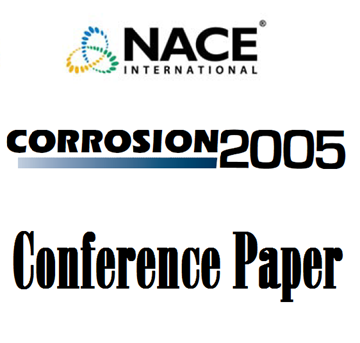Search
98051 CO2 CORROSION PREDICTION IN PIPE FLOW UNDER FeCO3 SCALE-FORMING CONDITIONS
Also Purchased
05551 CO2 Corrosion Prediction Model - Basic Principles
Product Number:
51300-05551-SG
ISBN:
05551 2005 CP
Publication Date:
2005
$20.00
98048 INITIATION AND GROWTH OF MESA CORROSION ATTACK DURING CO2 CORROSION OF CARBON STEEL
Product Number:
51300-98048-SG
ISBN:
98048 1998 CP
$20.00
96011 PREDICTION OF CORROSIVITY OF CO2/H2S PRODUCTION ENVIRONMENTS
Product Number:
51300-96011-SG
ISBN:
96011 1996 CP
$20.00




